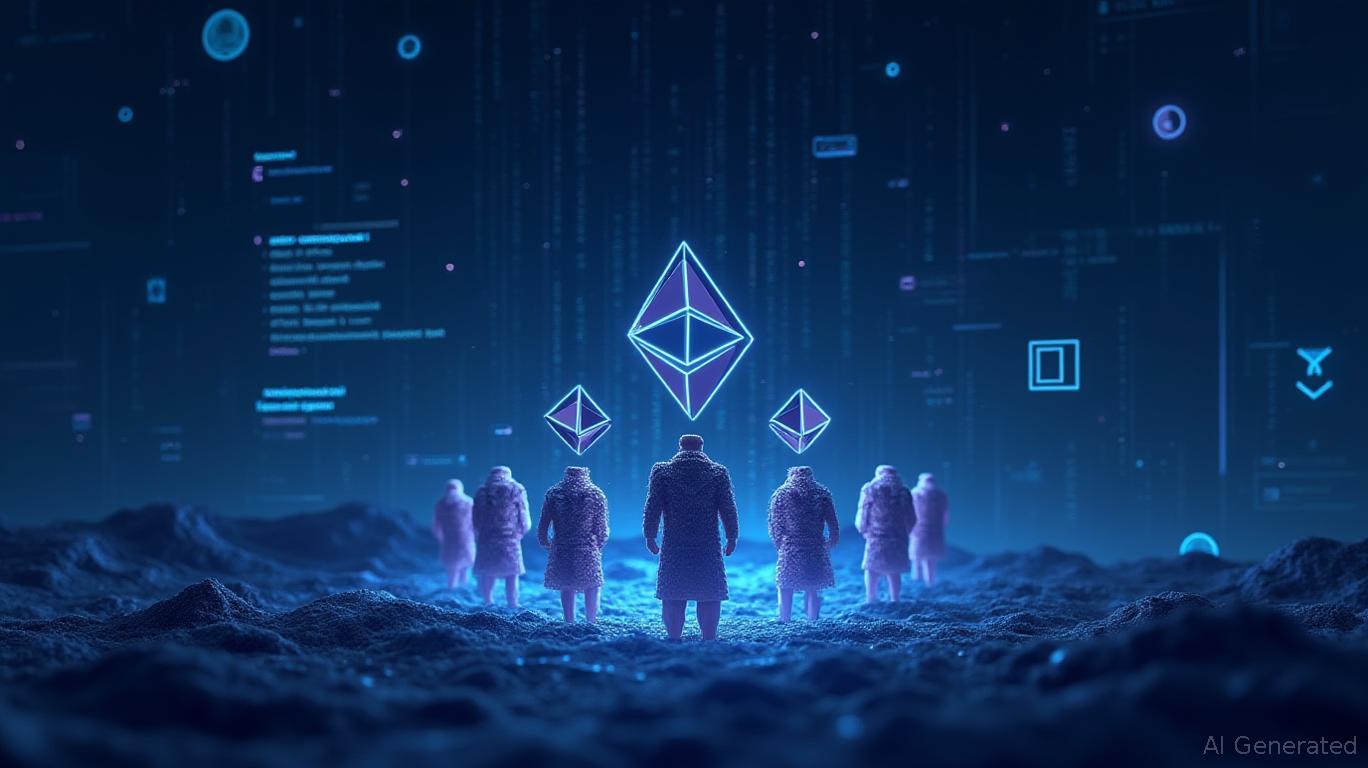AInvest Newsletter
Daily stocks & crypto headlines, free to your inbox
Sui Network has recently highlighted the capabilities of Programmable Transaction Blocks (PTBs) in improving blockchain user experience. PTBs allow multiple actions to be executed within a single transaction, ensuring that the failure of one action results in the failure of the entire transaction, thereby guaranteeing reliability. This method, based on distributed systems programming, offers greater flexibility to developers. In a 2023 blog post, Sui Network explained how PTBs can prevent partial executions to maximize security.
Ethereum's EIP-7702, co-authored by Vitalik Buterin, proposes the introduction of a temporary smart contract field to the account, enhancing the compatibility of account abstraction. This proposal builds upon Ethereum's existing architecture, making it less of a clean-slate solution compared to Sui's PTBs. Ethereum's approach is less flexible than Sui's specially designed architecture, as PTBs follow a clean-slate design and are more Web3-friendly. In contrast, EIP-7702 aims to evolve the current Ethereum system rather than overhaul it.
Sui's PTBs are designed to provide developers with greater flexibility when executing transactions, minimizing the chances of failure in any activity. This aspect makes debugging easier and increases reliability, ensuring that transactions are executed as expected. Ethereum's EIP-7702, on the other hand, proposes to enhance account abstraction by introducing a temporary field to the smart contract. This interim field improves compatibility with Externally Owned Accounts, bringing flexibility to the Ethereum network as it evolves. It enables more sophisticated activities within the current Ethereum setup, enhancing the user experience.
The PTBs by Sui are scalable, with a clean-slate design that guarantees enhanced adaptability as blockchain usage increases. PTBs support decentralized applications that will be required in the future. In contrast, Ethereum's EIP-7702 represents an evolutionary approach, building upon the existing Ethereum architecture to bring about incremental improvements. This approach, while less disruptive, offers a more gradual path to enhanced blockchain composability.

Quickly understand the history and background of various well-known coins

Nov.18 2025

Nov.18 2025

Nov.18 2025

Nov.18 2025

Nov.18 2025
By continuing, I agree to the
Market Data Terms of Service and Privacy Statement
Daily stocks & crypto headlines, free to your inbox
Comments
No comments yet